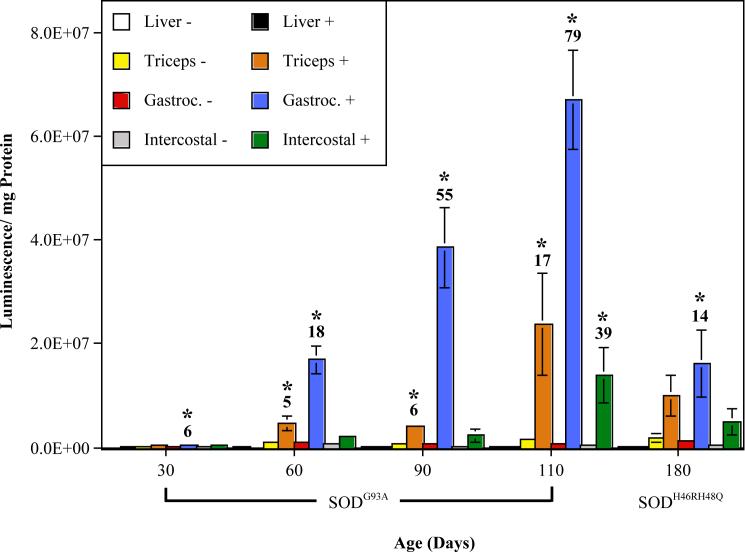Fig. 1. ARE-hPAP activation in mutant SOD mice during the timecourse of ALS-like disease.
ARE-hPAP transgenic mice expressing the mutant SOD transgene (+) and their ARE-hPAP positive, mutant SOD negative controls (−) were evaluated for ARE-hPAP enzymatic activity in a tissue homoegenate assay at different timepoints of pathology. Shown are the relative luminescent values corrected for protein of SODG93A mice at 30 (n≥3), 60 (n≥4), 90 (n≥4), and 110 days of age (n≥5), as well as SODH46RH48Q mice at 180 days of age (n≥3). Shown above the bars displaying significant differences between mutant SOD positive mice and negative, littermate controls is the fold change increase in ARE-hPAP activity caused by mutant SOD (* p<0.05; Gastroc. = Gastrocnemius).

